Ambrosiana
NOVEMBER 3: SPECIAL EVENING OPENING
Access to the Pinacoteca and Crypt from 18.00 to 19.30 with a special ticket € 3.00
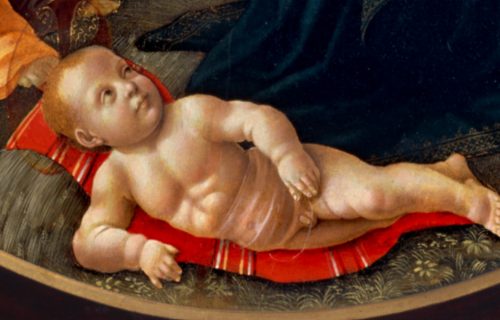
Christmas wishes from the Prefect of the Ambrosiana, Mons. Marco Ballarini
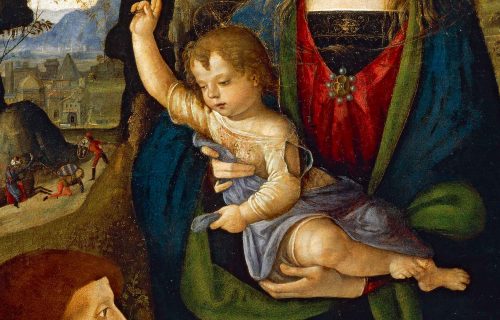
Tenth appointment with #Ambroinsight immersive videos! Today we take you inside the Madonna with child and a devotee by Pinturicchio!

We are happy to have welcomed to Ambrosiana the bestseller author Joe R. Lansdale for a visit with his family....
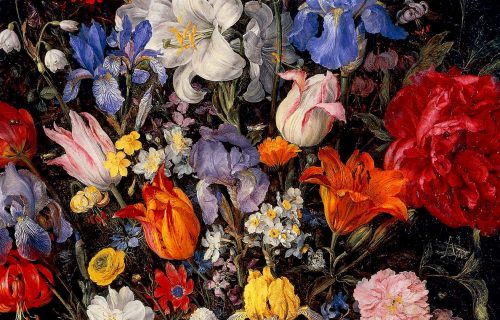
Ninth video of the series #Ambroinsight: today we bring you inside the Flower vase with jewel, coins and shells by Jan Brueghel the Elder. Enjoy!
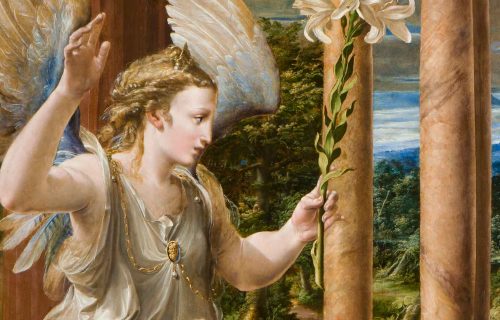
This video from the series #Ambroinsight: brings you inside the Annuciation by Gerolamo Mazzola Bedoli (1500-1569). Enjoy!
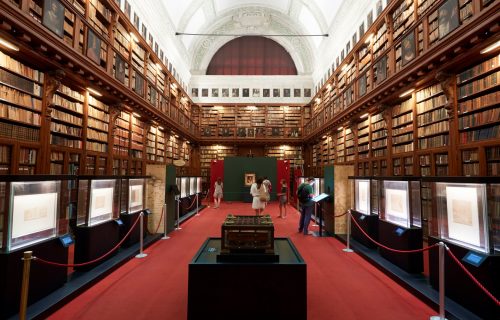
On the occasion of Museosegreto 2022, entitled "The rooms of art", we bring you inside the Sala Federiciana of the Ambrosiana.
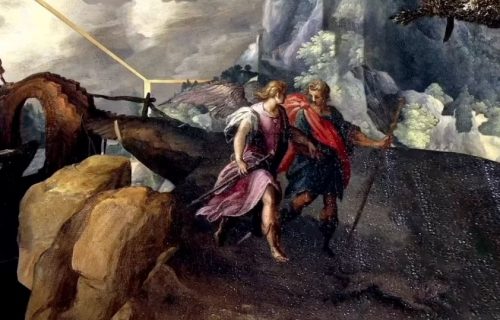
This video from the series #Ambroinsight brings us inside the Landscape with Tobias and the Angel, by Paul Bril...
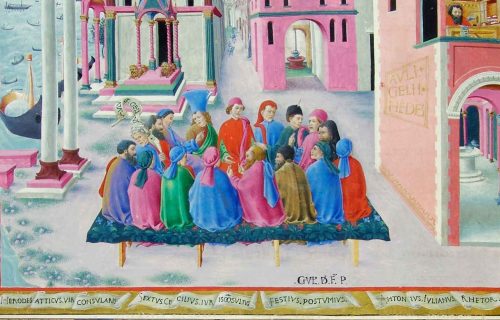
The sixth video of the series #Ambroinsight: brings us inside one of the masterpieces of Italian 15th century illuminations...
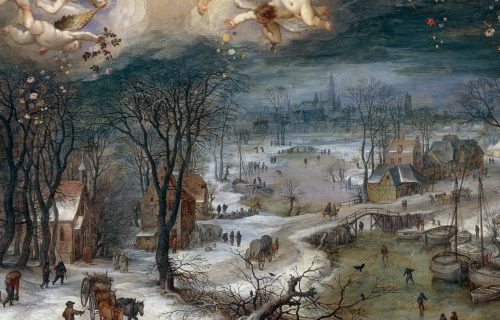
This #Ambroinsight brings us inside the Winter Landscape with a Glory of Angels by Jan Brueghel the Elder and Hans Rottenhammer...
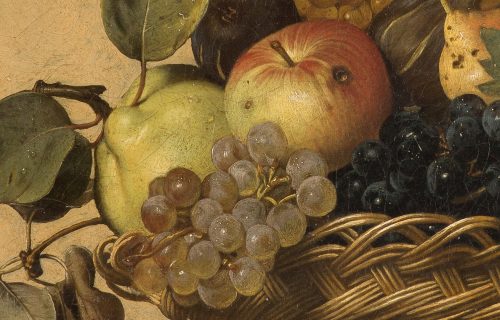
Among the videos dedicated to the masterpieces of our collection in an immersive version, the Basket of fruit by Caravaggio could not be missing.
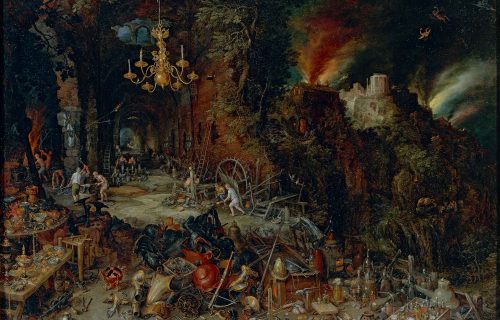
Third appointment with the masterpieces of our collection in an immersive version. After the Allegory of Water, we are now posting a video on the Allegory of Fire by Jan Brueghel the Elder...
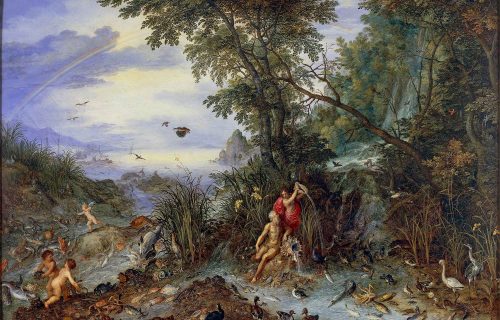
In this video, dedicated to the stunning Allegory of Water painted by Jan Brueghel the Elder for Cardinal Borromeo, we take you to a dense rainforest, where you can get lost...
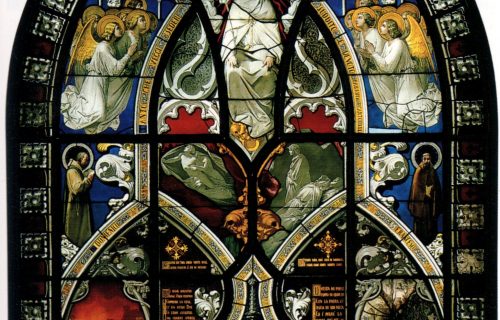
In this 2021, the anniversary of the death of Dante Alighieri, we enter the splendid window created by Giuseppe Bertini for the first edition of Expo in 1851 and which celebrates the figure of the Supreme Poet
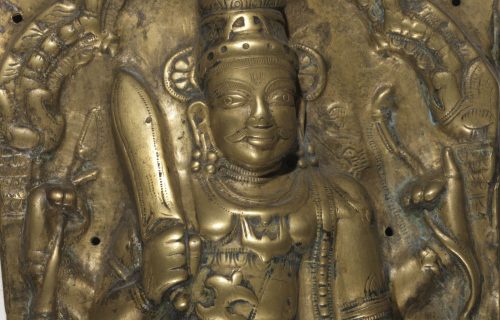
In the second video on the Hindu ritual plaques from the Giuseppe and Paola Berger collection, curator Marilia Albanese illustrates the iconography of the ancient divinity Virabhadra...
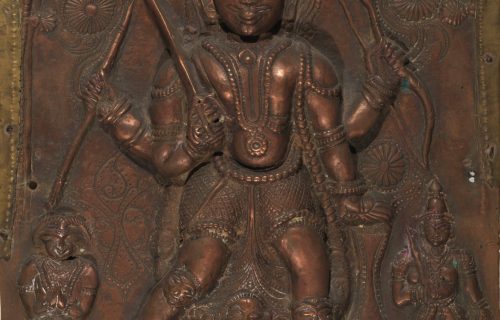
This video focuses on one of the most recent acquisitions of the Pinacoteca: the collection of ritual plaques depicting the Hindu divinity Virabhadra
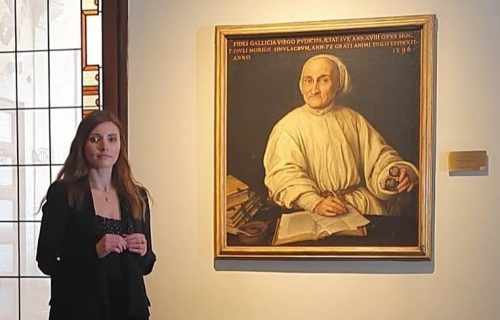
Last episode of the #potraitofalady series: this time the Lady in question is the author of a portrait that made people talk about in Milan at the end of the sixteenth century …
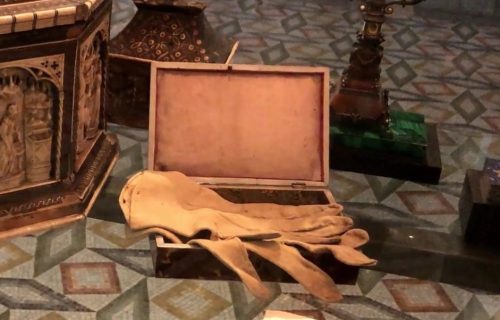
Two hundred years ago, Napoleon Bonaparte, a personality, who certainly marked history between the end of the eighteenth century and the first decades of the nineteenth century, died in exile on the island of Sant’Elena. Not everyone knows that in the Pinacoteca Ambrosiana, in room 9, a curious relic linked to him is kept...
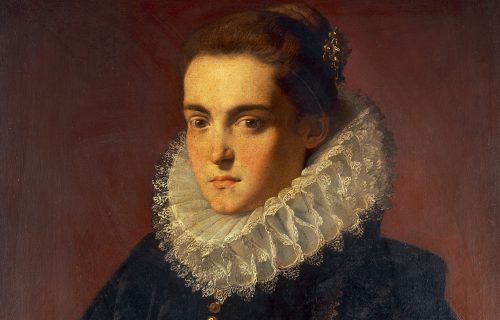
In the video we talk about this portrait of a 17th century Lady… with a very stern gaze!
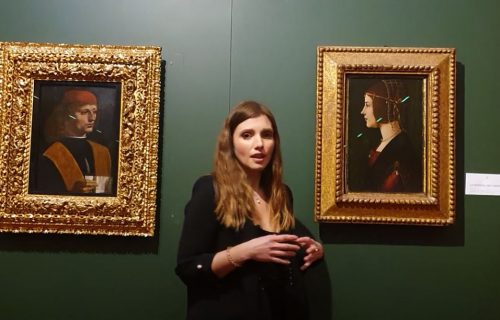
In this video we talk about one of the most famous works in our Pinacoteca: the Portrait of Lady from the collection of Cardinal Borromeo...
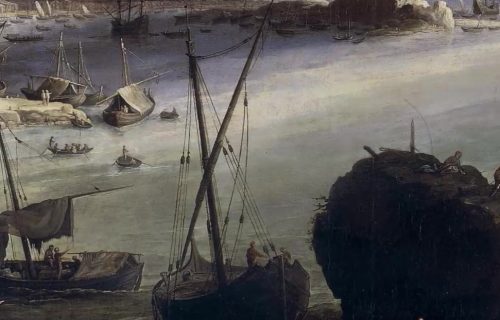
Let's explore together the Famous Seascape that Paul Bril painted in 1611 for Cardinal Federico Borromeo...
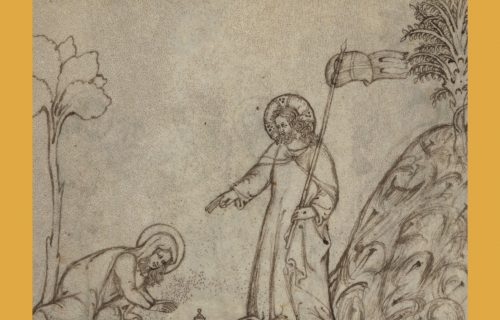
Last video in the series dedicated to the manuscript L 58 sup., The Evangelica Historia. Let's retrace the most famous episodes of Easter together with Mons. Federico Gallo...
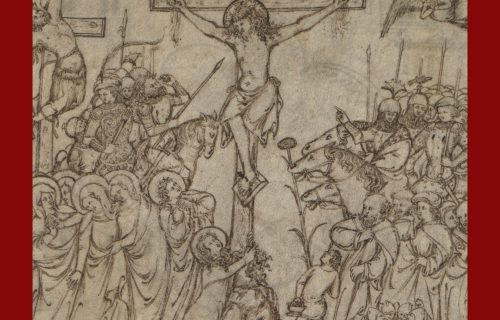
In the fourth episode of the series dedicated to the manuscript L 58 sup., Monsignor Federico Gallo talks about Holy Friday and the events connected to it...
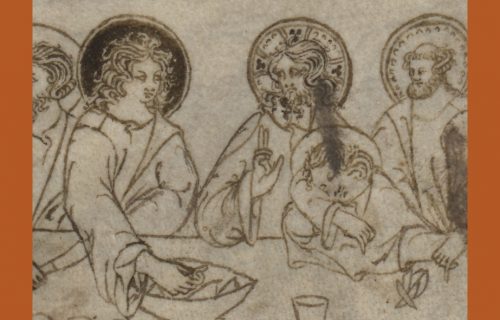
Third episode of the series dedicated to the manuscript L 58 sup., Monsignor Federico Gallo talks about Holy Thursday and the events connected to it...
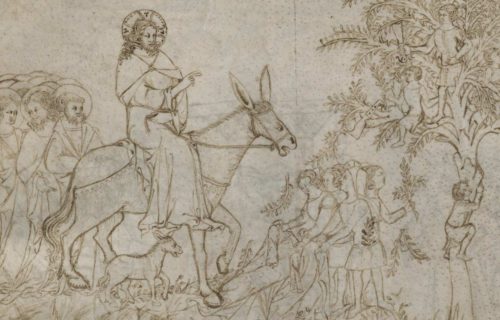
Second video of the series in preparation for Holy Easter: Monsignor Federico Gallo talks to us about the tradition of Ambrosian Lent...
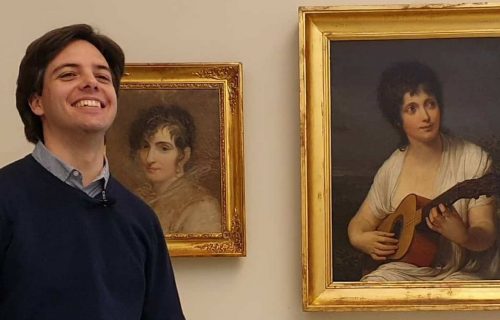
Second episode of our series #portraitofalady: Michele talks about the Portrait of the dancer Carolina Pitrot Angiolini painted by Andrea Appiani....
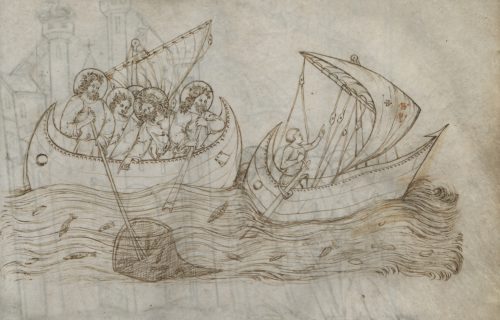
Let's begin a journey in five episodes dedicated to Lent, in which the Director of the Library, Mons. Federico Gallo, tells us about a precious fourteenth-century manuscript kept in the Library: L58 sup....
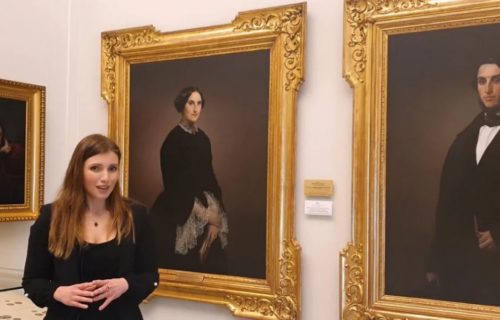
A new series of videos dedicated to the portraits of women in our collection.
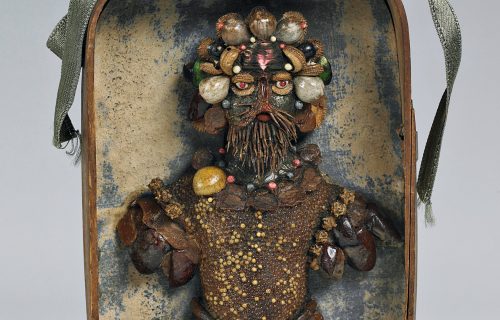
Today we talk about a series of artifacts made of very curious materials...
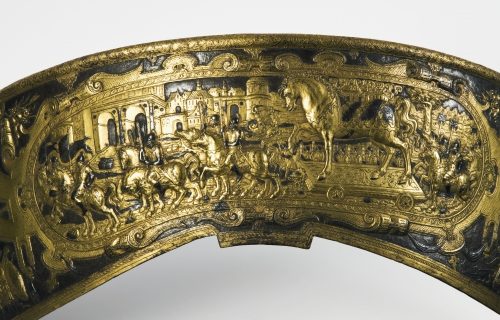
In this new video we talk about precious artifacts made by Milanese gunsmiths in the second half of the sixteenth century...
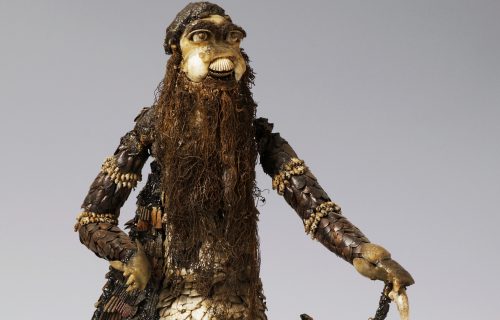
Our journey through the wonders of the Ambrosiana today brings us to room 8 where, among precious coral specimens from the Settala collection, a curious statuette is on display…
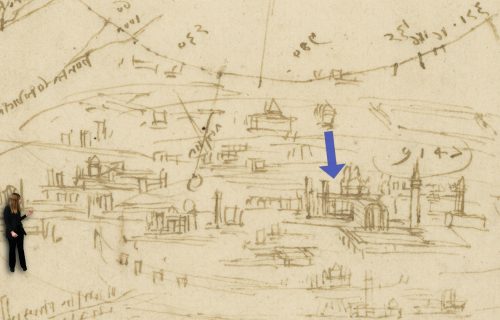
Where is the "real center of Milan"? In a famous drawing of the Codex Atlanticus Leonardo clearly indicates it...
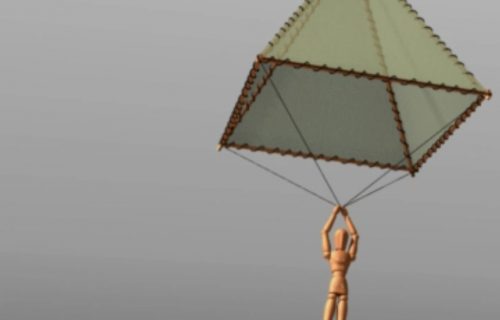
New video inside the Codex Atlanticus: today we are dealing with one of Leonardo's greatest dreams: to make man fly!
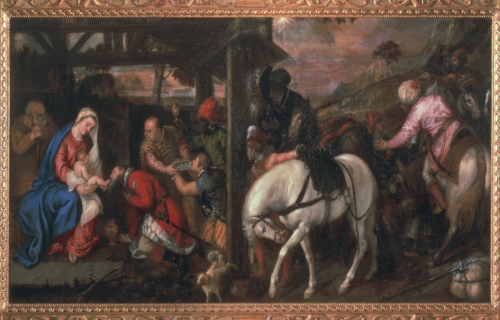
Last video of the "Christmas masterpiece series": let’s talk about the famous Adoration of the Magi by Titian...
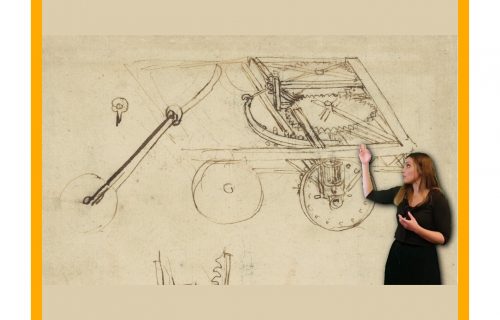
Folio 812 recto of the Codex Atlanticus, which depicts the drawing for a self-propelled wagon, is one of the most famous of Leonardo...
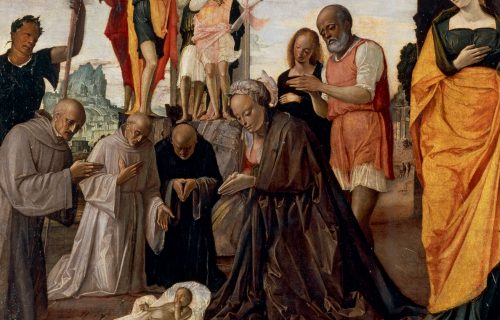
Msgr. Alberto Rocca, Director of the Pinacoteca, comments the Nativity by Bartolomeo Suardi, also known as Bramantino...
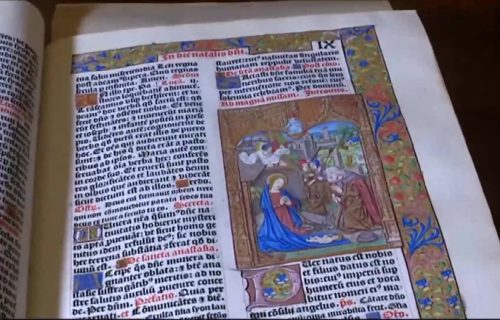
Monsignor Navoni, vice- Prefect of the Ambrosiana, talks about the Parisian Missal and its fine illuminations...
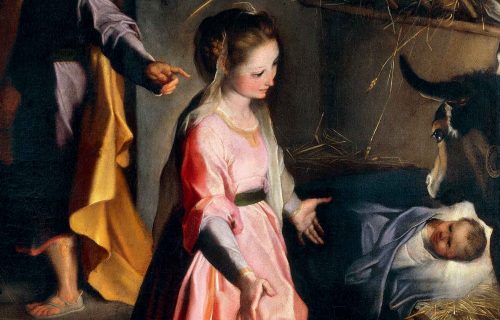
Today we talk about Cardinal Borromeo's most beloved painting: Federico Barocci's Nativity...
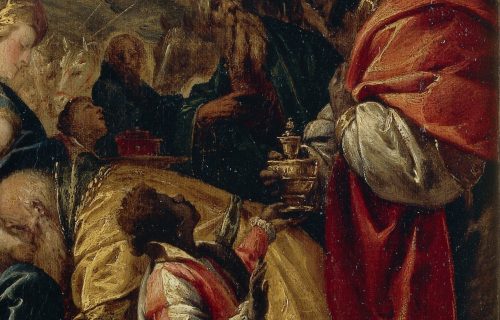
Today Michele illustrates Morazzone's Adoration of the Magi...
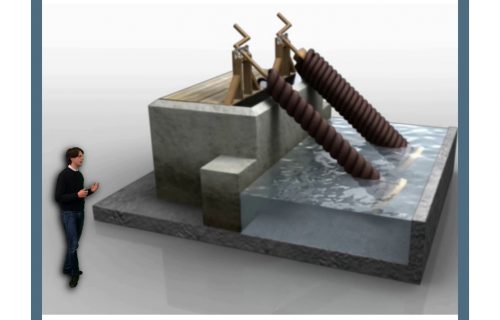
How do you manage to breathe underwater, or to walk on top of it? In a sheet of the #CodexAtlanticus Leonardo thinks about this too!
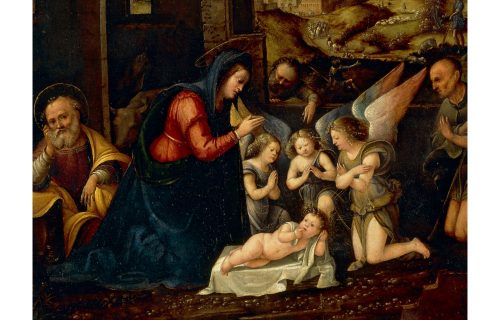
In today's video, Carolina tells us about Martino Piazza's Adoration of the Shepherds Room 1, oil on panel), a painting that must be observed closely and which hides many fascinating details...
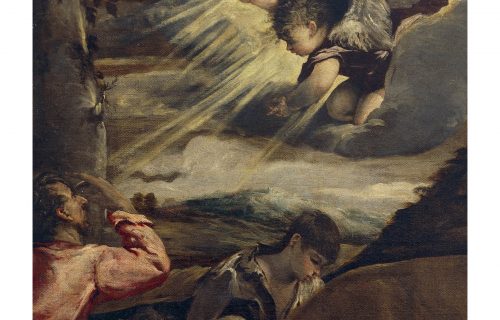
New series of videos dedicated to the Pinacoteca’s #Christmas masterpieces. Today Carolina tells us about Jacopo Bassano's Announcement to the shepherds
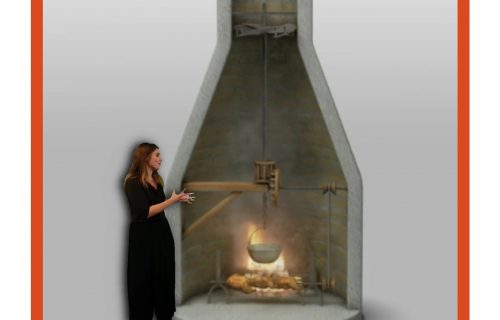
Second episode of our videos "inside" the Codex Atlanticus of Leonardo da Vinci. Today Carolina tells us about the... "right way to cook roasts" invented by Leonardo. Enjoy the video!
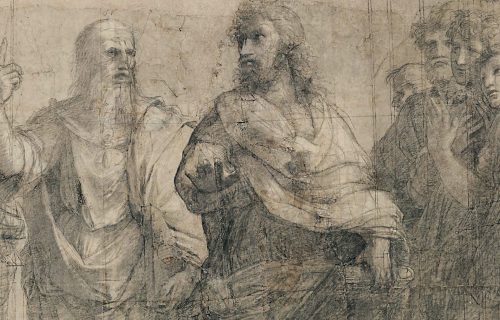
The #worldphilosophyday was born in 2002, and since 2005 it has been celebrated every third Thursday of November...
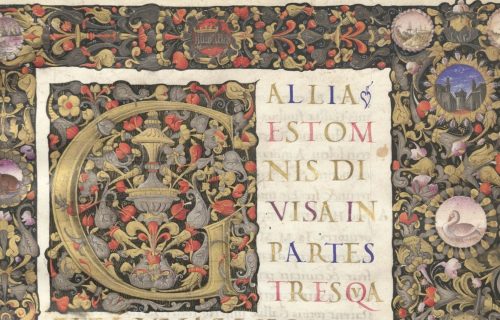
At the release of the latest DPCM, a meme was published that reads as follows: “Italia est omnis divisa in partes tres”, alluding to the division into 3 types of regions - red, orange and yellow - based on the epidemiological situation. Which famous ancient work does this phrase refer to?
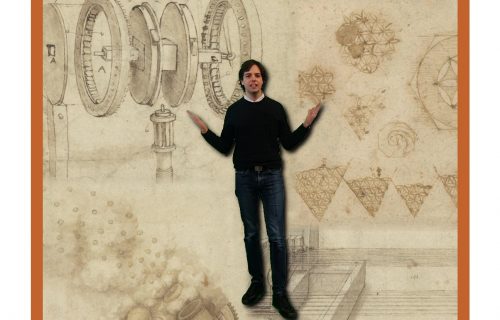
Today we enter inside the Codex Atlanticus drawings! Follow Michele as he illustrates two of the most famous machine drawings: the 3 and 4 recto.

Today we want to talk to you about a sheet from Leonardo da Vinci's Codex Atlanticus that connects to one of the most poetic landscapes of our Lombard territory…
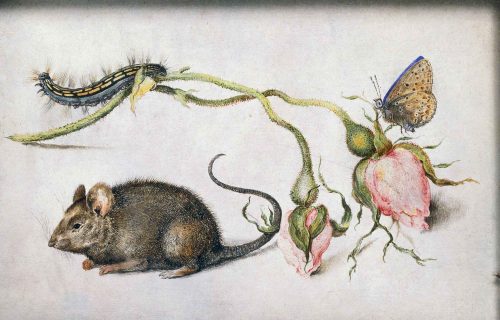
Our Director, Msgr Rocca, talks about the “bagatello” (small thing) that Brueghel presented to his mecenat, Cardinal Borromeo.
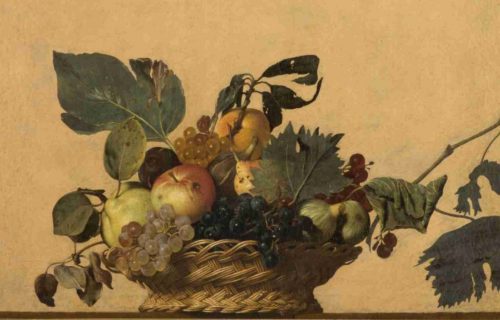
Exactly 449 years ago, Caravaggio was born in Milan. Let's celebrate this anniversary by talking (finally) about our Basket of fruit...
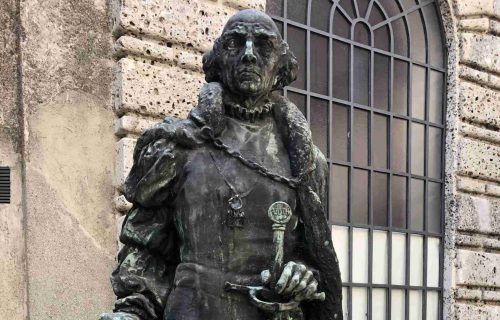
Today we are talking about the statue of the Swiss physician, alchemist and astrologer Paracelsus...
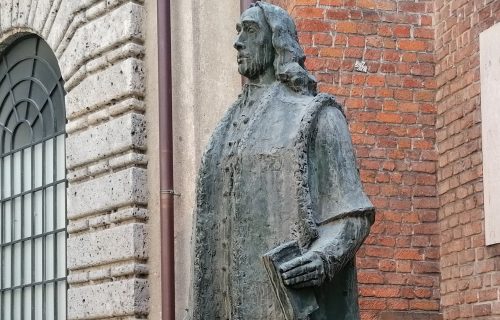
In this video we talk about the statue of Rumanian prince and man of letters Dimitrie Cantemir
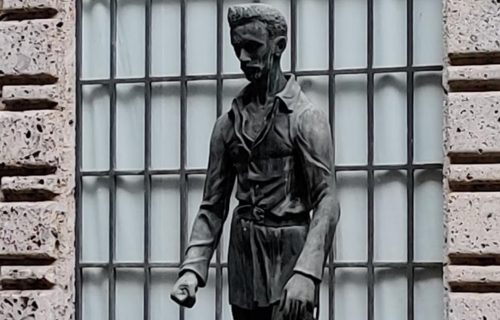
Today we talk about the statue of Hungarian poet and patriot Sándor Petőfi...
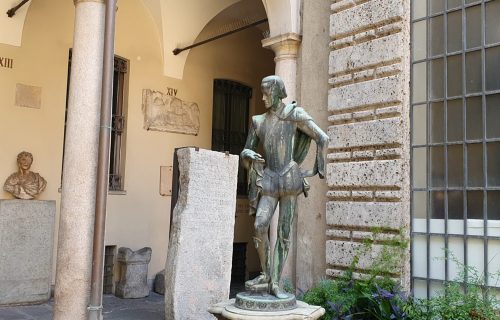
New video on the courtyard of the Great Souls: today we discover the statue dedicated to the famous English poet William Shakespeare. Musica: In the distance Hooksounds
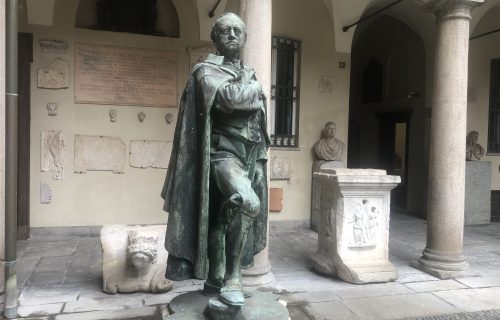
New video on the courtyard of the Great Souls: today we meet the first statue to be inaugurated; the one dedicated to Goethe. Music: In the distance Hooksounds
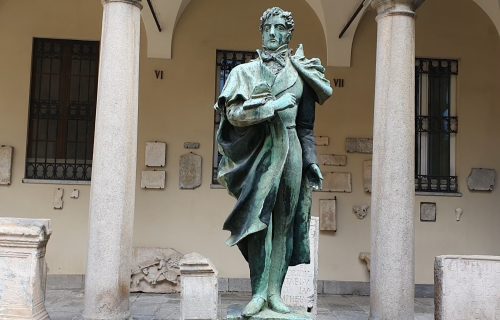
New video on the courtyard of the Great Souls: today we talk about Renè de Chateaubriand, depicted in one of the statues of the courtyard. Musica: In the distance Hooksounds
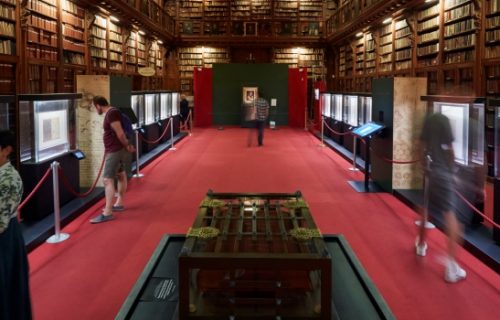
Last episode of the history of the #CodexAtlanticus, from the 19th century to the present day, this time from the magnificent ancient reading room of the Library, the Sala Federiciana!
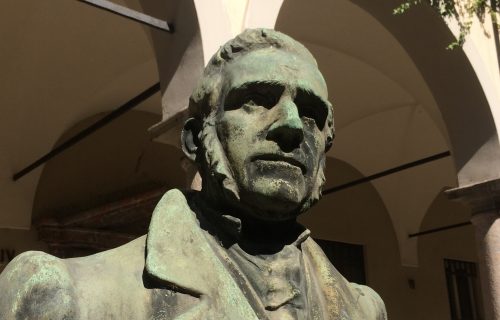
Today we talk about the statue of Alessandro Manzoni...
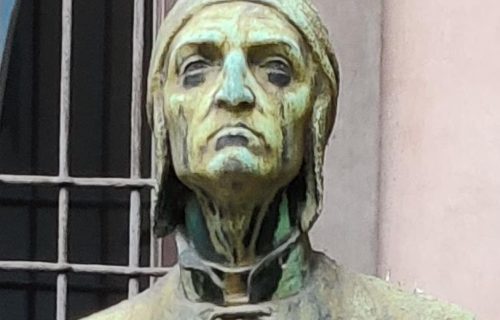
Today we talk about the statue of Dante by Giannino Castiglioni...
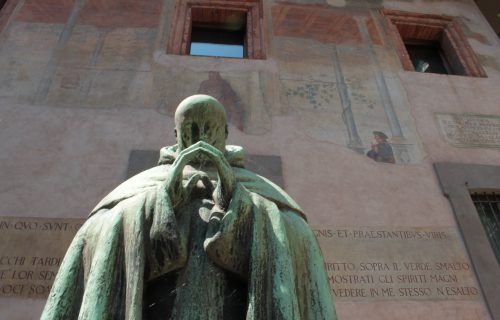
New video on the statues of the Courtyard of the Great Souls: Saint Thomas Aquinas
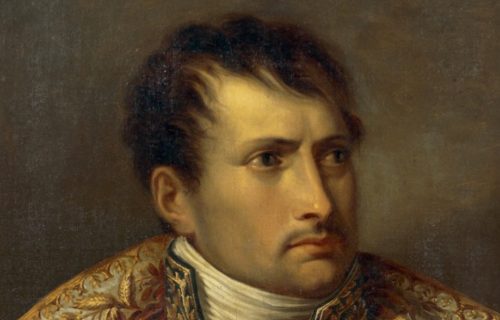
In the last episode we talked about the arrival of the Codex Atlanticus in the Ambrosiana and we mentioned the fact that the Marquis Arconati actually donated several other volumes with Leonardo's writings and drawings...
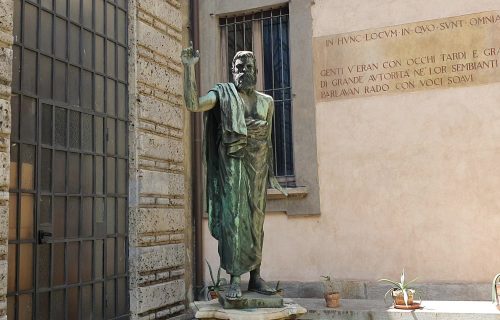
New video on the courtyard of the Great Souls: today we talk about the statue of Plato...
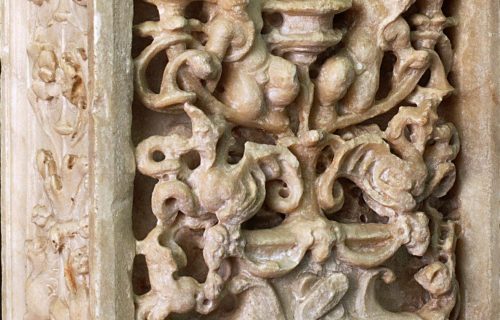
This video is about the reliefs for the sepulchral monument to Gaston de Foix by Bambaia, now scattered among several important museums around the world
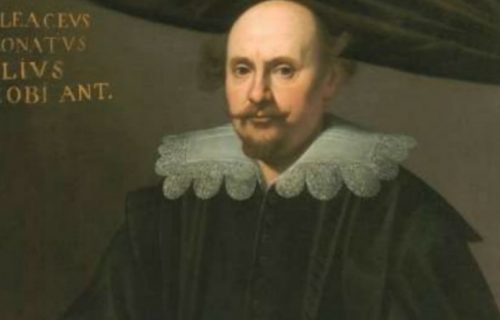
Chi donò il Codice Atlantico di Leonardo da Vinci all’Ambrosiana e quando? Per scoprirlo insieme, vi portiamo sullo scalone di ingresso della Pinacoteca...
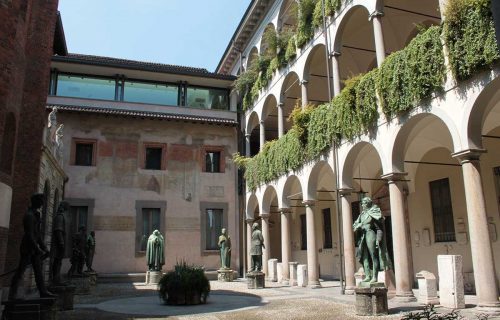
The “Courtyard of the Great Souls” has always been one of the places that most fascinate our visitors...
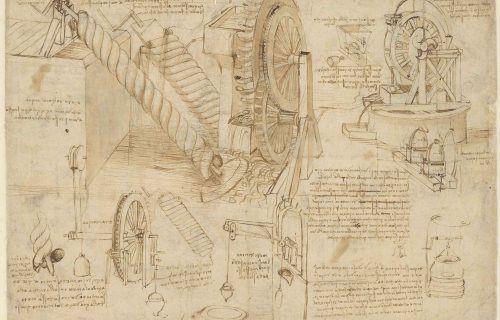
Second appointment with the History of the Codex Atlanticus: we follow the events of these precious drawings from Leonardo's death until the end of the sixteenth century ...

Today we begin a new series of videos devoted to the Codex Atlanticus of Leonardo da Vinci...
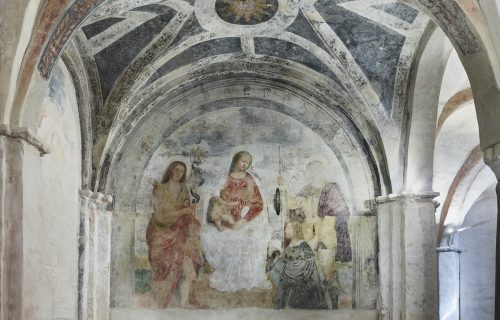
We are now on the opposite side of the crypt with respect to the frescoes previously presented with Christ on the cross...
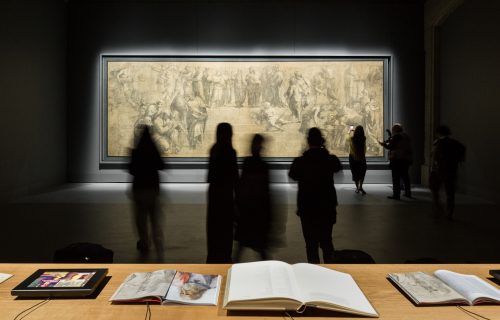
As we can see, the Cartoon is really large: 8 x 3 meters, but it is actually made up of 220 sheets. It is therefore a monumental but also very fragile work, precisely because it is composed of different parts...
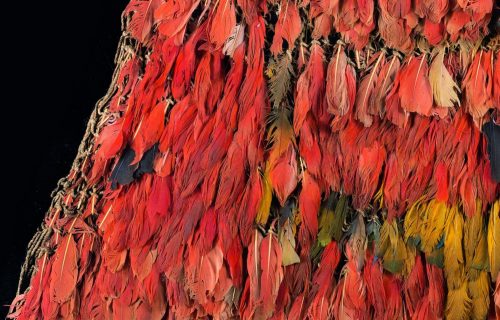
Did you know that in the Ambrosiana there is even an artifact that was probably used by indigenous tribes of Brazil for cannibalic rites? ...
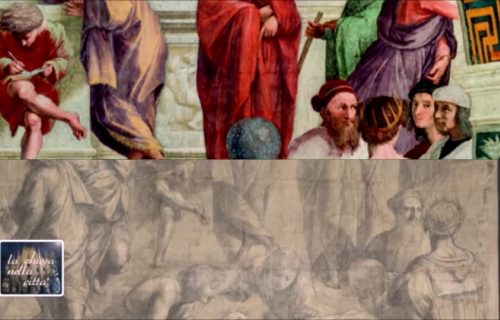
There are also differences between the cartoon and the fresco. First of all, we see that at the center the figure normally identified as “the Thinker” is missing...
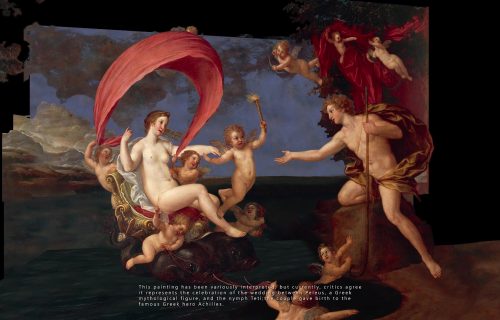
This painting has been variously interpreted, but currently, critics agree it represents the celebration of the wedding between Peleus, a Greek mythological figure, and the nymph Thetis...

This Virgin with the Child in a wreath of flowers is a very important work, since it is the first version created by Brueghel on commission and inspiration from Federico Borromeo...
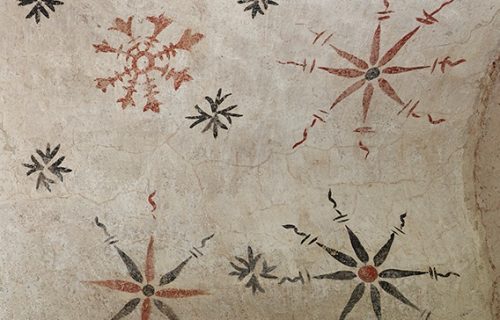
Even the vaults have been brought back to their original beauty and returned in the truly unique light that allowed to see the contrast with these floral decorations or stars...
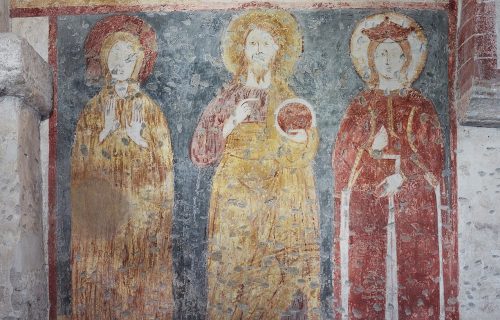
Let's carry on, going into the underground church of San Sepolcro; we come to one of the frescoed walls. The restoration has made visible further wealth in the wealth...

Raphael chose to depict some characters with the appearance of well-known personalities of the time...
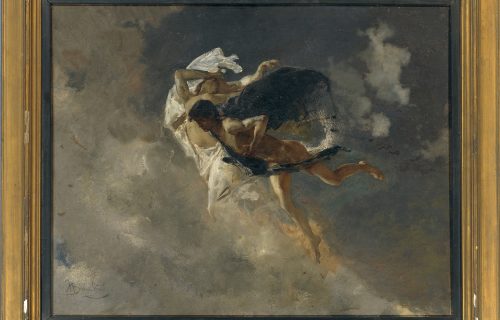
The painting, made by the artist around 1877, is a preparatory study for the fresco in the library of Villa Giovanelli in Lonigo, near Vicenza.
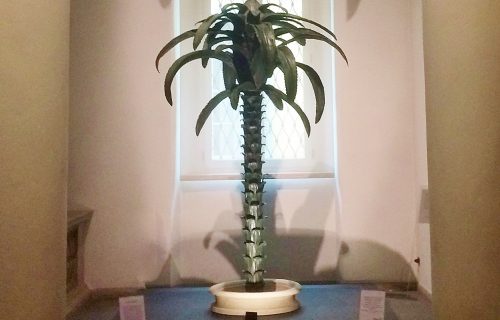
This particular and - I would say also precious - artifact remained confined in the crypt of San Sepolcro for decades and it was practically ignored.
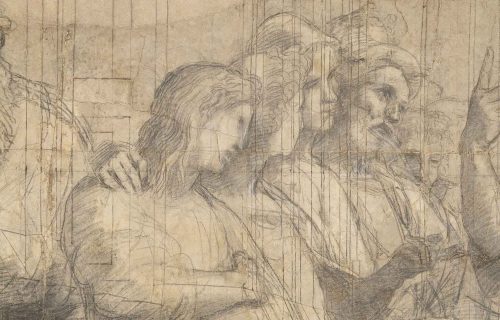
It is interesting to see how Raphael chose to depict the images of the Philosophy not in a stereotyped or fixed way but with a great dynamic of looks and gestures.
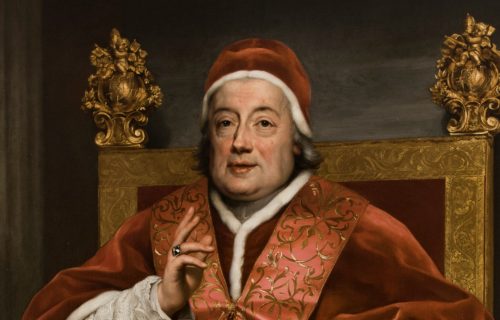
Bohemian painter Anton Raphael Mengs painted three portraits of Pope Clement XIII. Born Carlo Rezzonico in 1693 to wealthy Venetian patricians, he was bishop of Padua, where he was so loved by people that he was called "The saint".
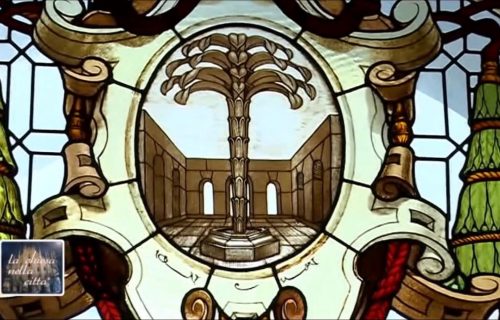
What is the meaning that Cardinal Federico wanted to give to this copper palm tree, located in the heart of the Ambrosiana Library? The palm, by its nature, has a polymorphic, very varied, symbolism...
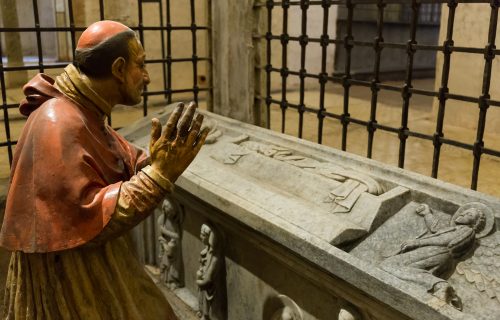
After telling us about Leonardo's connection with the Crypt of San Sepolcro, today Monsignor Ballarini explains how this place was particularly important for San Carlo Borromeo, who used to gather here in prayer...

Generally this is known as the Cartoon of the School of Athens, the fresco that is in the Stanza della Segnatura in the Vatican. Actually, at the beginning, this room was not thought up as the Stanza della Segnatura but it was to be the private library of Pope Julius II.
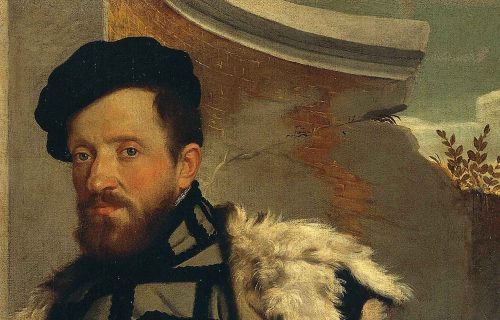
Giovan Battista Moroni was one of the greatest portrait painters of the sixteenth century, as this beautiful painting shows. On the stone fragment at the bottom right, there is an inscription in Roman numerals, indicating the year when the painter finished this portrait: 1554.
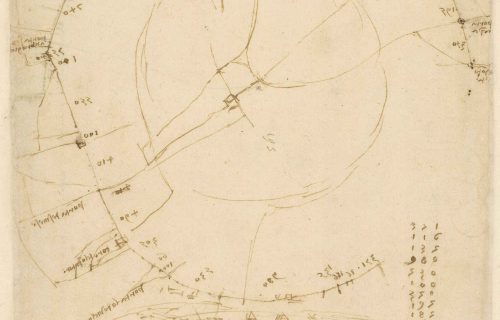
Leonardo was certainly here and Leonardo drew the map, both of the upper and lower church, which are currently in Paris.
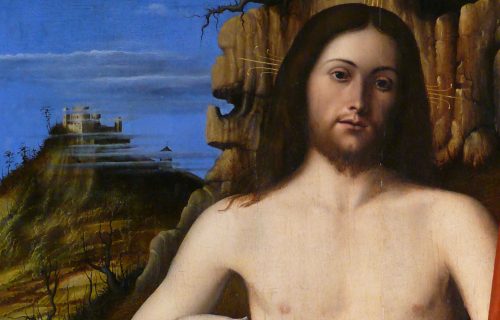
Nothing is triumphant in the Risen Lord painted by Marco Basaiti: although there are the typical iconographic elements of the resurrection - the white shroud, the crusade banne - the body of Jesus is idealized and barely shows the wounds of passion.
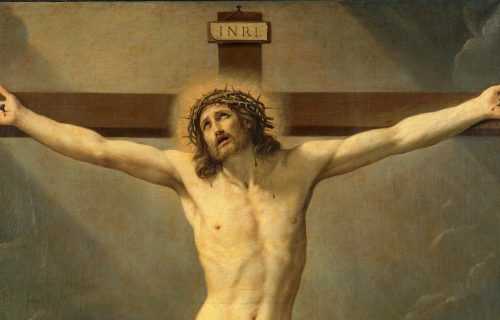
The body of Jesus stands out, pure and immaculate, against the world immersed in darkness. He is raising his gaze to heaven, before emitting his last breath.
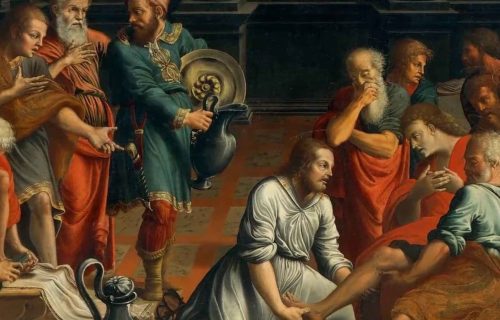
In John's Gospel, the narration of the Last Supper begins with the scene of Jesus washing the feet of his disciples. It is a gesture of humility that the Master makes so to be imitated, but it is also an action that anticipates the salvation brought by Jesus in the humiliation of the death of the cross
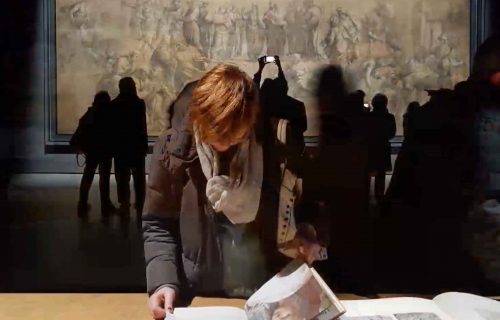
On the day of the 500th anniversary of Raphael's death, we offer you a video made with some shots of April 6, 2019.
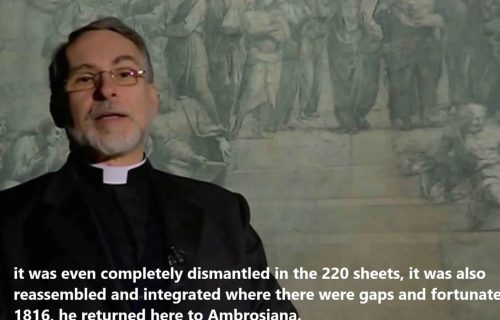
Msgr. Rocca retraces the main events that involved the artwork throughout the centuries, from its arrival in the Ambrosiana, up to the present day!
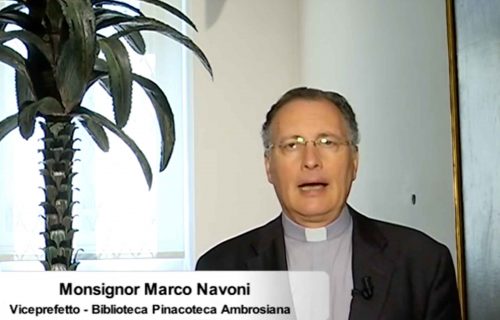
Msgr Navoni, deputy Prefect of the Ambrosiana, illustrates the copper palm tree created at the beginning of the 16th at the behest of Cardinal Borromeo.

Sent by Brueghel to Cardinal Federico in 1614, the Allegory of Water is the third painting of the series of four elements to have been created.
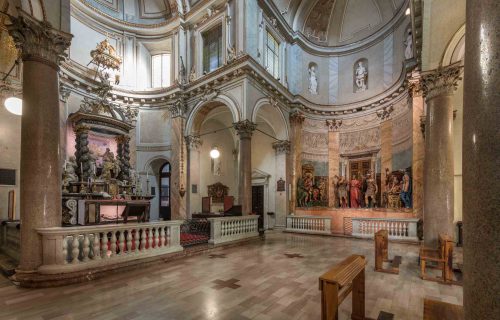
The Prefect of Tthe Ambrosiana, Msgr. Ballarini, explains the origins of the Church of San Sepolcro.
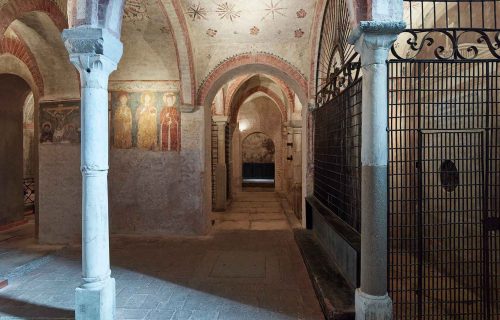
Monsignor Ballarini, Prefect of Ambrosiana, tells us about the importance of the Church of San Sepolcro for the history of the Milanese church.
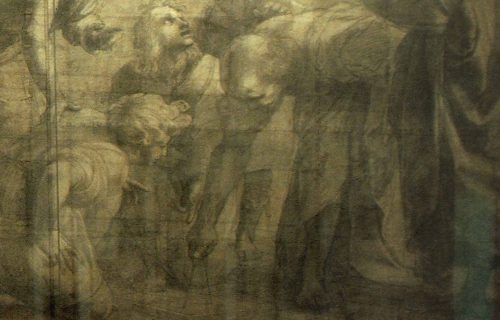
A group of people interested in geometry surrpunds the character who is drawing a figure with a compass: he is Euclides...
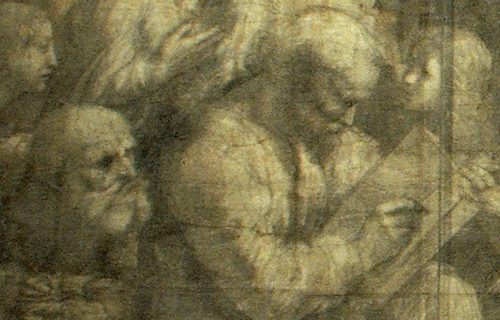
Pythagoras is writing: the board on which the numerical ratios underlying the sounds are shown is missing from the Cartoon, graphic representation of the harmonic ratios, together with the sacred tetractys (clearly visible instead in the fresco in the Vatican).
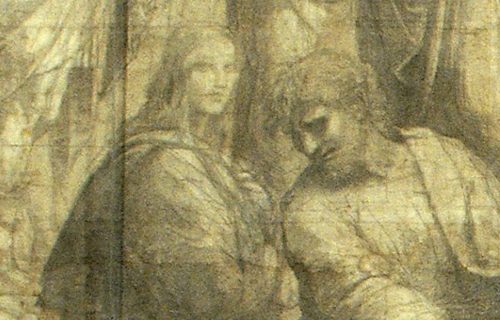
Among the Pythagoreans there is a figure dressed in white: erroneously indicated by some as Hypatia, he is a young man gifted with virtue and beauty...
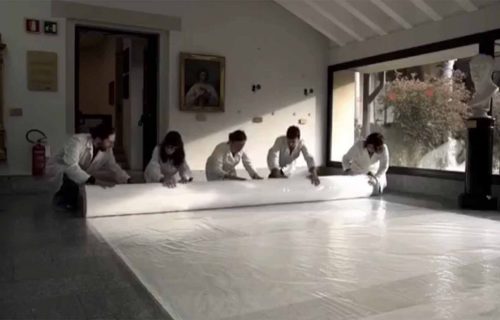
A video dedicated to the Cartoon, in which we retrace (in pills) the process of restoration of the work and the reanovation of the room, up to the inauguration!
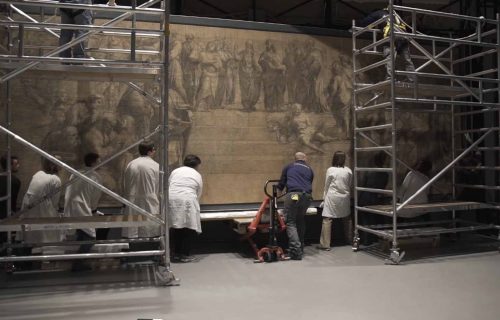
Exactly one year ago the completely renovated Room of the Raphael Cartoon reopened to the public, a special day for the Ambrosiana and for Milan!

The Director of the Pinacoteca Ambrosiana, Msgr. Alberto Rocca, who explains us what a preparatory cartoon is and, more precisely, a "well-finished Cartoon".
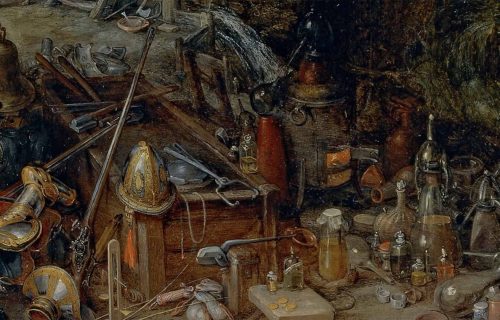
An entire museum in a painting ... the "Allegory of Fire" that Jan Brueghel dei Velluti painted for Cardinal Borromeo is a work that never ceases to reveal new, surprising details, even to the most careful observer.
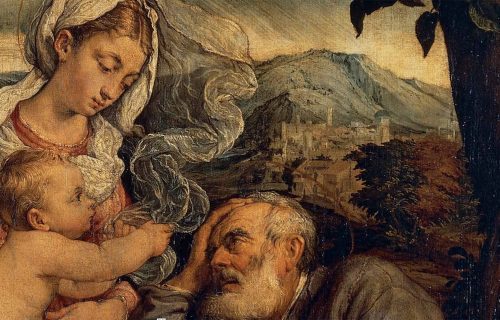
Msgr Rocca, Director of the Pinacoteca Ambrosiana, comments the Rest on the flight into Egypt by Jacopo Bassano